In mid-July last year, furious residents of Ahvaz, the provincial capital of Khuzestan province on Iran’s western border, took to the streets to protest a crippling water crisis. They were quickly joined by thousands of others in cities across Khuzestan, including Kut Abdollah, Mahshahr, Shush and Susangerd, and by solidarity demonstrations elsewhere in Iran.
The protests were driven by the mass deaths of livestock from thirst, the drying-up of rivers and wetlands such as the Hor al-Azim (Hawizeh) Marshes, whole villages being left without running water, and the near-impossibility of deriving a living from the land in the parched conditions. But they also took on a wider anti-government aspect due to the widespread belief that years of mismanagement, not climate change, has been the main cause of drought in Iran.
Predictably the government’s first response was to violently suppress the demonstrations. Riot police and security forces were air-lifted into Ahvaz to contain crowds, with hundreds of people rounded up and detained in unknown locations. Though documentary evidence has been hard to come by due to an imposed partial internet blackout, Amnesty International was able to confirm eight protesters were killed by security forces between July 15 and July 23. Other deaths were reported anecdotally on social media, including that of a teenage boy. Many more were hospitalized with birdshot and gunshot wounds.
Diana Eltahawy, Amnesty’s deputy director for the MENA region, said at the time: “Using live ammunition against unarmed protesters posing no imminent threat is a horrifying violation of the authorities’ obligation to protect human life.
“Protesters in Iran who take to the streets to voice legitimate economic and political grievances face a barrage of gunfire, tear gas, and arrests.”
The state’s response also came despite the fact that in many cities, protesters chanted “Peaceful! Peaceful!” in Arabic, and “Police officers, support, support!” in Persian. In one recording that became emblematic, a woman could be heard shouting: “Sir! Sir! These demonstrations are peaceful. Why are you shooting? They haven’t taken away your land; they have not taken away your water. Why are you shooting? We are protesting peacefully. We want our land, our water. No scoundrel has the right [to take our land and water]. Shame on you!” The recording ends with the sound of gunfire.
Rallies in support of the people of Khuzestan took place in Ardebil and Saghez, in Tehran (where the ubiquitous cry of “Mullahs get lost” was heard) and Alborz, Kermanshah and Tabriz (“Azerbaijan, Arabs, Persians: Unite! Unite!”). Later in 2021, farmers in Isfahan launched their own, regular protests over localized drought as a result of the state’s diversion of water away from the province. Despite being met with the same response, those rallies continue intermittently today.
What’s Changed in Khuzestan?
Despite some verbal concessions by scattered government officials, the past 12 months have seen the situation in Khuzestan grow ever more critical. Low precipitation so far in 2022 and a lack of any decisive action mean the province is again facing water shortages.
An Arab resident of Ahvaz, who asked not to be named, told IranWire: “Since last year, the diversion of water away from the Karun river [Iran’s only navigable river and a once-pivotal source of water for the province] has continued uninterrupted.
“The Karkheh river has dried up a lot too; downriver, it’s almost completely dry. The Dez [a tributary of the Karun] is totally dried-up downriver too. Because of the droughts, there are ongoing wildfires on the Hawizeh marshes.”
The lack of relief from annual water crisis, coupled with electricity shortages, are pushing ever more people to migrate from rural zones to the margins of large urban centers. “Most of the people who migrated were farmers and cattle ranchers,” the resident said. “A lot of agriculture has come to a standstill and the cattle are dying. People have no choice but to move. You’re reading less about it because they’re afraid to talk about it.”
A Smouldering Tinderbox
With the steep fall in the level of precipitation, dust storms and water shortages are now again plaguing Khuzestan. So too are runaway inflation and recent government-imposed food price hikes in a province regularly ranked among Iran’s most deprived. In May of this year, protests over the latter began in Khuzestan and like last year, spread like wildfire in other parts of the country.
The province is also still reeling from the collapse of the Metropol building in Abadan on May 23 this year. With local authority corruption widely deemed responsible, residents again took to the streets to express collective grief and rage over the disaster, which claimed tens of lives.
Since last summer, the Ahvaz resident said, “Security forces haven’t left the streets in Khuzestan, and in many cities, especially Ahvaz, they’re present in central zones 24 hours a day. Many of the detainees are still in prison because they can’t afford to post bail.”
The true number of citizens arrested over the past 12 months remains unknown. But the Iranian news website Hamshahri Online has reported that in the comparatively small city of Susangerd alone, 300 people were detained during last year’s water protests.
Shima Silavi, a member of the Ahwaz Human Rights Organization, who now resides in Belgium, told IranWire: “The Islamic Republic imposes collective punishment on protesters and their families, and families who speak to human rights organizations often pay a heavy price. As a result we have no accurate information about those still behind bars.”
Silavi’s organization has 300 names of current or previous detainees, but has been informed by activists on the ground that the true number is likely to be higher. Repressive policies and inaction, she believes, are only making the situation worse: “Last year’s protests were themselves a continuation of demands made over the past decade: to protect the Hawizeh marshes and other wetlands, to respect people’s water rights, to protect agriculture in southern Khuzestan and to stop the diversion of water [away from the province].”
But, she added: “Arab citizens who take to the streets aren’t just doing so because of water. They’re protesting because industries in the area don’t hire locals. Because they want the government to protect the environment. Because they want the government to stop accusing them of secessionism every time they go to a protest.”
Arab residents of Khuzestan in particular, she says, have participated in demonstrations in large numbers “because their demands have always gone unanswered – instead, they have been suppressed. Without a doubt, we’ll see more protests in this region. It’s being driven further and further into poverty despite its wealth of natural resources, and the people are being ignored.”
visit the accountability section
In this section of Iran Wire, you can contact the officials and launch your campaign for various problems




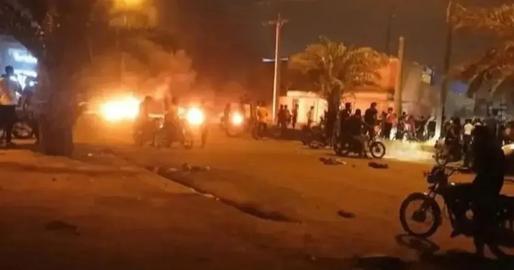
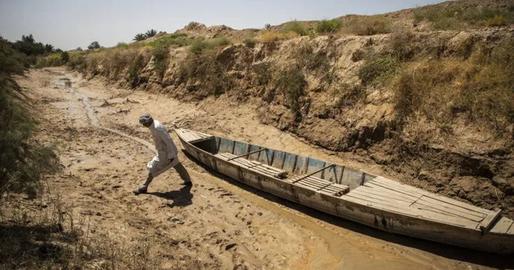
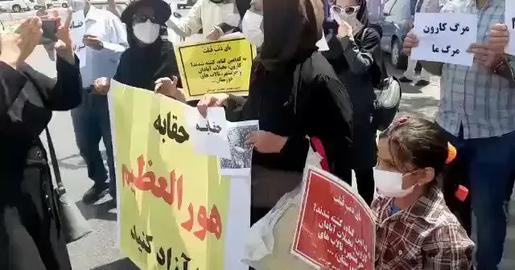

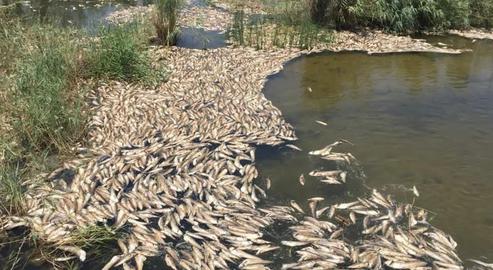

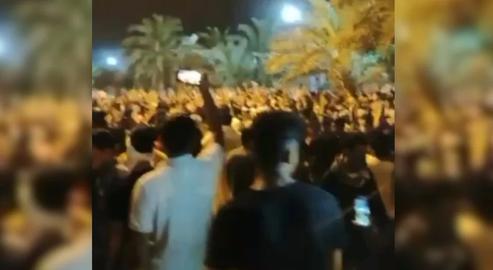
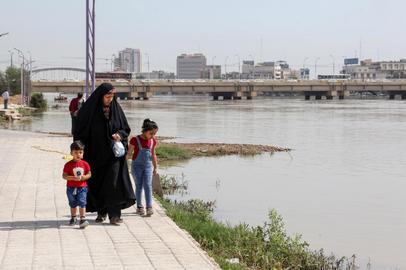

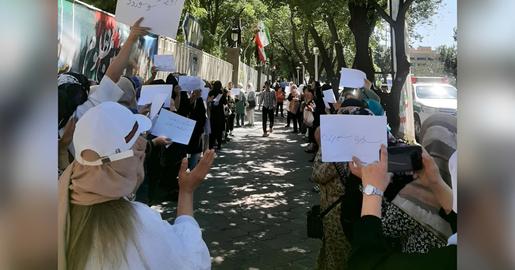








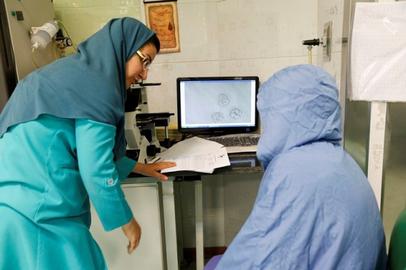
comments